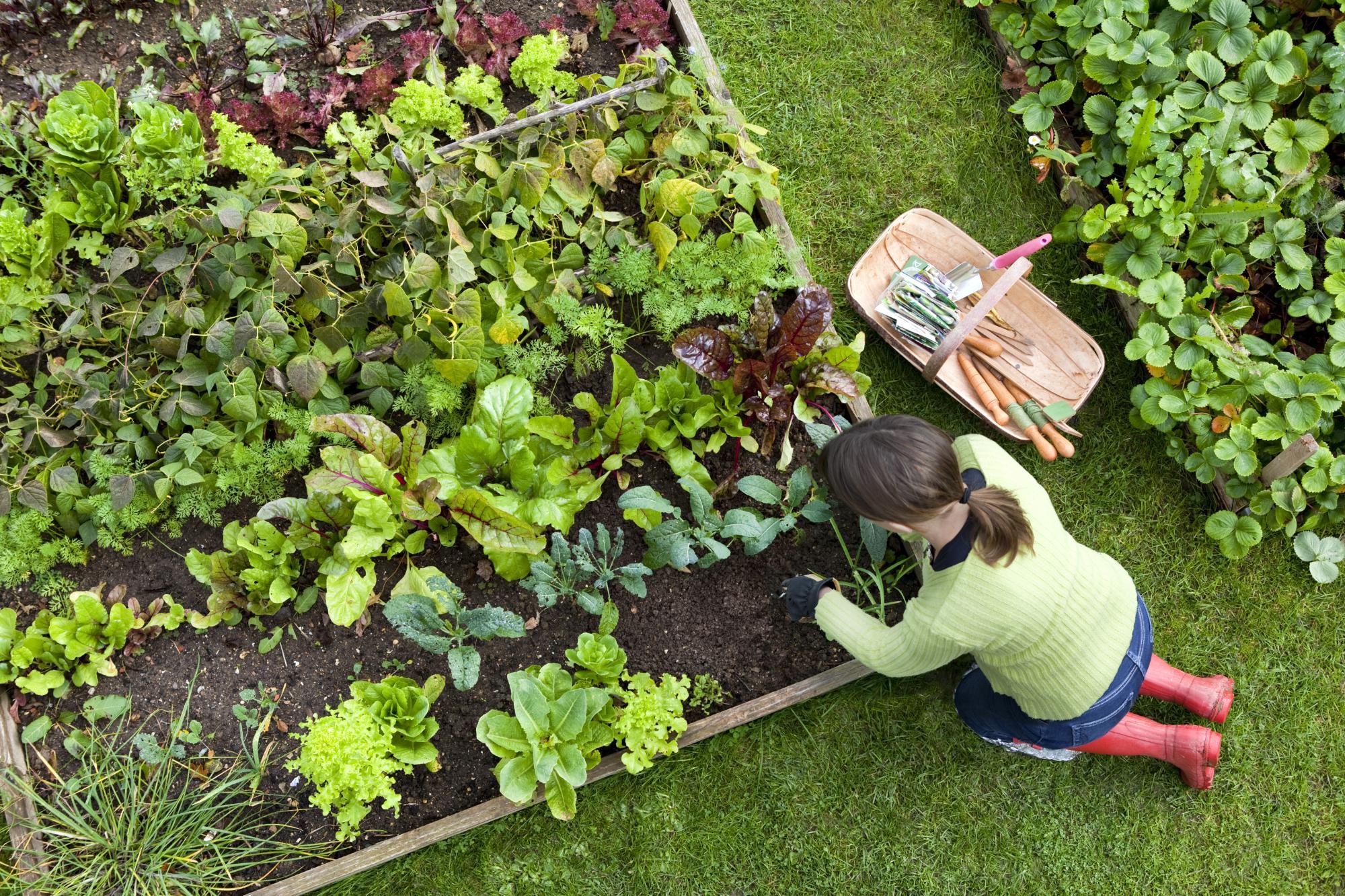
Start Your Garden Season with Organic Greens
Spring is imminent! What I love about greens is that they are the first crop you can plant – a true harbinger of spring for me. Greens such as lettuce, kale, spinach, and chard are cool weather crops. They tolerate cold and frost, and can be planted as soon as the ground dries out enough to be worked. Make a ball of soil in your hand, and touch it lightly. If it stays clumped together, it is too wet. It should readily fall apart, but it shouldn't be dust.
To get a jump on the growing season, start your plants indoors 4-6 weeks before planting out. Use recycled 6-packs, yogurt containers, egg cartons, or anything else that will hold soil. This is a great project for upcycling! Make sure there are holes in the bottom of each container, so water can drain out.
When your seedlings are ready, do the same soil test in the garden to be sure it is not too wet. Plant at the right spacing, water in, install irrigation, and mulch.
Greens grow quickly and easily. They even tolerate a bit of shade. Leafy plants need nitrogen for lush growth. The compost you add may be enough to sustain them until harvest, which can be as soon as 28 days. Mature kale and chard will produce all summer, and actually taste better after a fall frost. Side dress these long producers with compost mid-season.
Water your greens daily! They are shallow rooted, and can dry out quickly, making them tough and bitter. I hand water my greens first thing in my morning with a cup of coffee in my hand!
Succession plantings of lettuce will keep you in fresh salads all summer and into fall. Spinach will not tolerate heat, so after your spring planting is done, don’t plant again until mid-late summer for a fall harvest.
Pests to watch out for are flea beetles, aphids, and cabbage loopers. Row cover can help in spring. By staggering your planting times, you can also foil their plans for a snack.
Because greens are shallow rooted, they are perfectly suited to container gardening. Place them in morning sun, if possible. If not, give them shade in the afternoon. Water once or twice a day. Fertilize with organic nitrogen every few weeks, because they won’t have the nutrient benefits of compost.
As cool weather crops, they are also good for overwintering. Greens will grow in a hoop house, or under a low tunnel right in the garden. Try experimenting with different greens. Mustard, bok choy, mizuna, frisee, arugula, and many others are delicious additions to salads or stir fry.
If you’re excited about the new growing season, get an early start with greens!
- When it’s ready, add a few inches of compost to your garden beds, turn it in, and rake the soil smooth.
- Mark out rows 12-18” apart. Seeds of greens are very small, and only need to be planted ½” deep. Another benefit of growing greens is that you can seed them heavily, and eat the thinnings – your first harvest!
- Thin seedlings to 8-12” for full size mature plants. If you want baby greens, they can be spaced 4” apart. If you plant lettuce mix or mesclun, scatter seed in the soil, and rake it in lightly.
- To thin the seedlings, gently pull them out, and tamp down any loosened soil. Wash, dry, and chill your little sprouts, and toss them in salads as you would microgreens.

